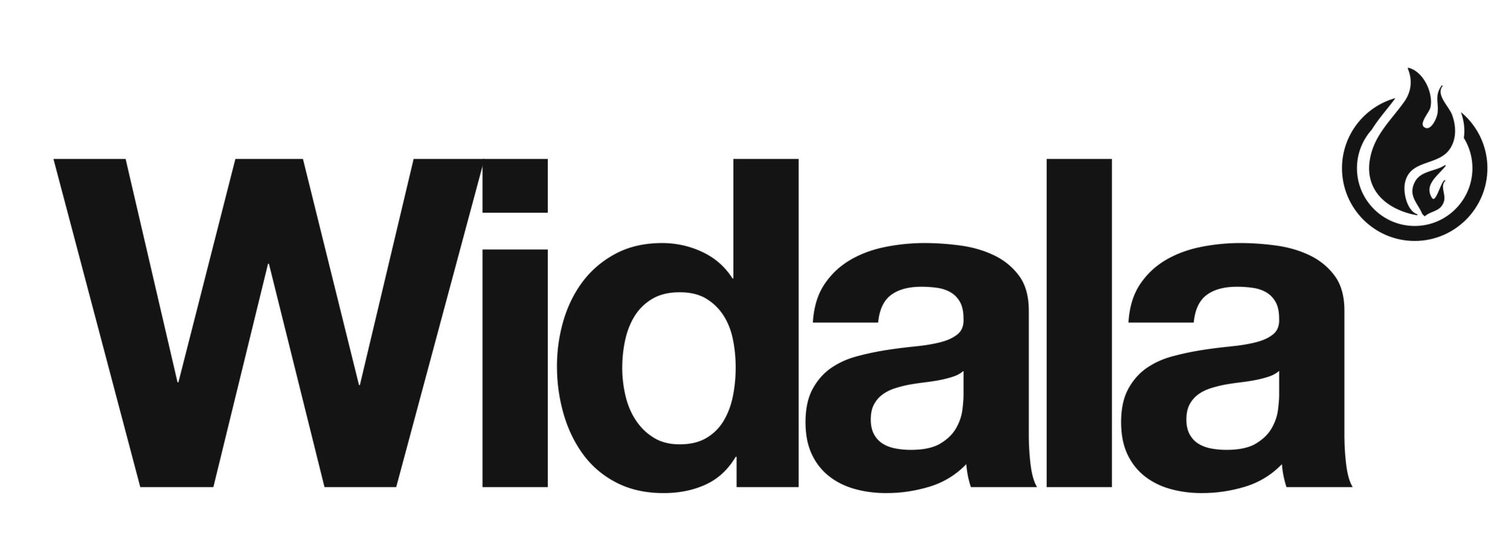ENVIRONMENT & MATERIALS
Our basic philosophy, that has followed us from the start, is to make use of as many fantastic natural resources as possible, all luxurious materials that are available all around us, and not on the other side of the earth. Materials that are a part of the cycle of life and have grown up around us in the safest most natural way. Refinement of these raw materials is built on traditions stretching back several hundred years. Assets that, with increased globalization, have almost been forgotten.
We’ve searched for people and companies that have exactly that, a long tradition and history of working with the different materials and even we were surprised by the level of knowledge, right here in Sweden Everything form scientists working with heat-treated wood, to quarries that have been run by the same families for generations, to wood producers in Västerbotten in the North of Sweden that know everything there is to know about the characteristics of wood. If you’ve read this far maybe you’re as passionate about this as we are. If that’s the case, you can read more about the different materials we’ve chosen to use in our products here below.
Heat-treated wood
Widala made an active decision during the development stage of the Elements series in 2017 that it would be made from Swedish heat-treated wood, so called ThermoWood®. Considering the fantastic assets of good lumber in Sweden it felt completely natural to use something that hadn’t been shipped half-way across the world. Can you imagine, there’s a wood treatment completely without chemicals with good resistance against rot (durability class 2 in accordance with EN 350-1 for pine) that is also stable in shape with no resin. We buy our lumber from a producer that delivers lumber branded with the Swedish environmental label Svanen (The Swan).
Heat-treatment and the environment:
Life cycle analysis in accordance to standardized procedure has been performed on heat-treated pine in facade. The positive environmental characteristics are that the wood is free from heavy metals and organic toxins. It has its own closed lifecycle as it is reusable, recyclable and combustible without any negative affect on the environment. It is a renewable material. On the minus side is energy consumption. It consumes about 25% more energy than conventional waterproofing methods. That’s why we’ve chosen a producer that works very actively with energy issues and aims for a completely fossil free production in the nearest future.
So, you could argue that we use energy instead of toxic substances to make the lumber more durable. You also get a longer maintenance interval and stability of shape that makes the lumber useful for longer and it can even replace other less environmentally friendly materials.
Stone
As a natural step in Widala’s focus on material from the fantastic Swedish nature, we are launching several new options of limestone and granite in combination with different coloured steel in the fall of 2020. Let your imagination run free and feel free to combine them with our heat-treated wood or naturally tanned leather from Tärnsjö. These materials will create magically beautiful spots for many years to come!
Limestone
Limestone is a sedimentary rock made up of different minerals of which about 50% consists of calcium carbonate. It is impenetrable which means that gas and fluids cannot pass through it. Limestone is a hard and dense material which often makes it suitable for different types of building projects. Limestone is a wonderful and vivid natural material that works in all types of environments. Honed, it has a shiny and durable surface with a soft, warm and beautiful impression. But, limestone is sensitive to acids. Limestone’s difference in structure, hue, veining and sometimes even fossil content gives it its vibrant character.
For outdoor use we recommend the planed stone. Other variants of limestone can be used outdoors but as it is a stone that is sensitive to acids it stains easily.
Naturally tanned leather
When it comes to leather, it is not just about the origin of the material but also how it is processed into the final product. It is just as natural for us to use wood without chemicals, as it is to choose naturally tanned leather from Tärnsjö Tannery, a company that has refined its craft for 140 years.
What does naturally tanned leather do?
Animal skins can be tanned in different ways. The most environmentally friendly and sustainable method is natural tanning, a vegetable tanning that is done using bark. But the most common and cheapest way to tan animal skins is using the heavy metal chrome – about 95% of all leather in the world is chrome tanned. Despite this, few customers ask about environmentally friendly leather, something we want to be involved in changing.



